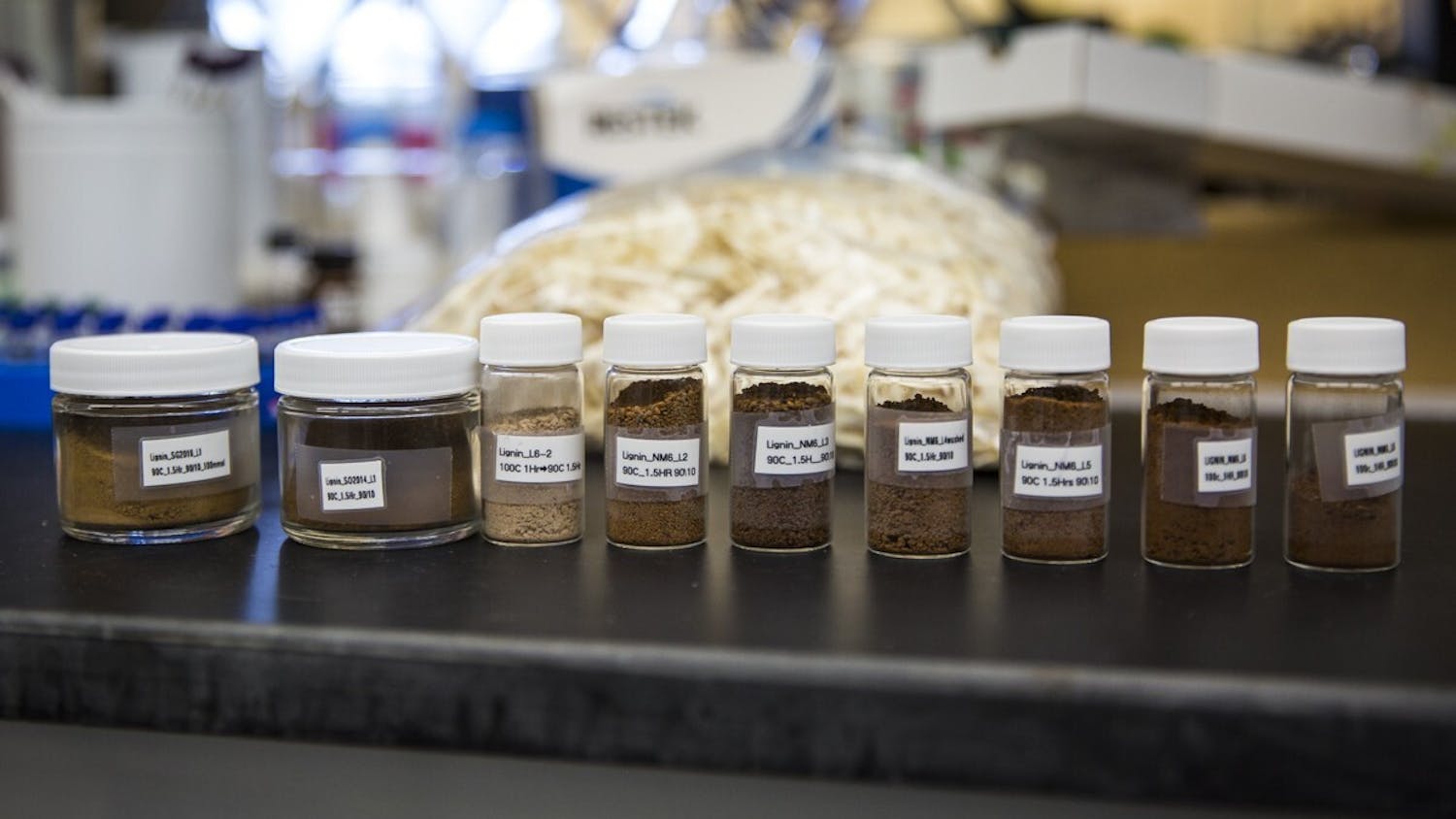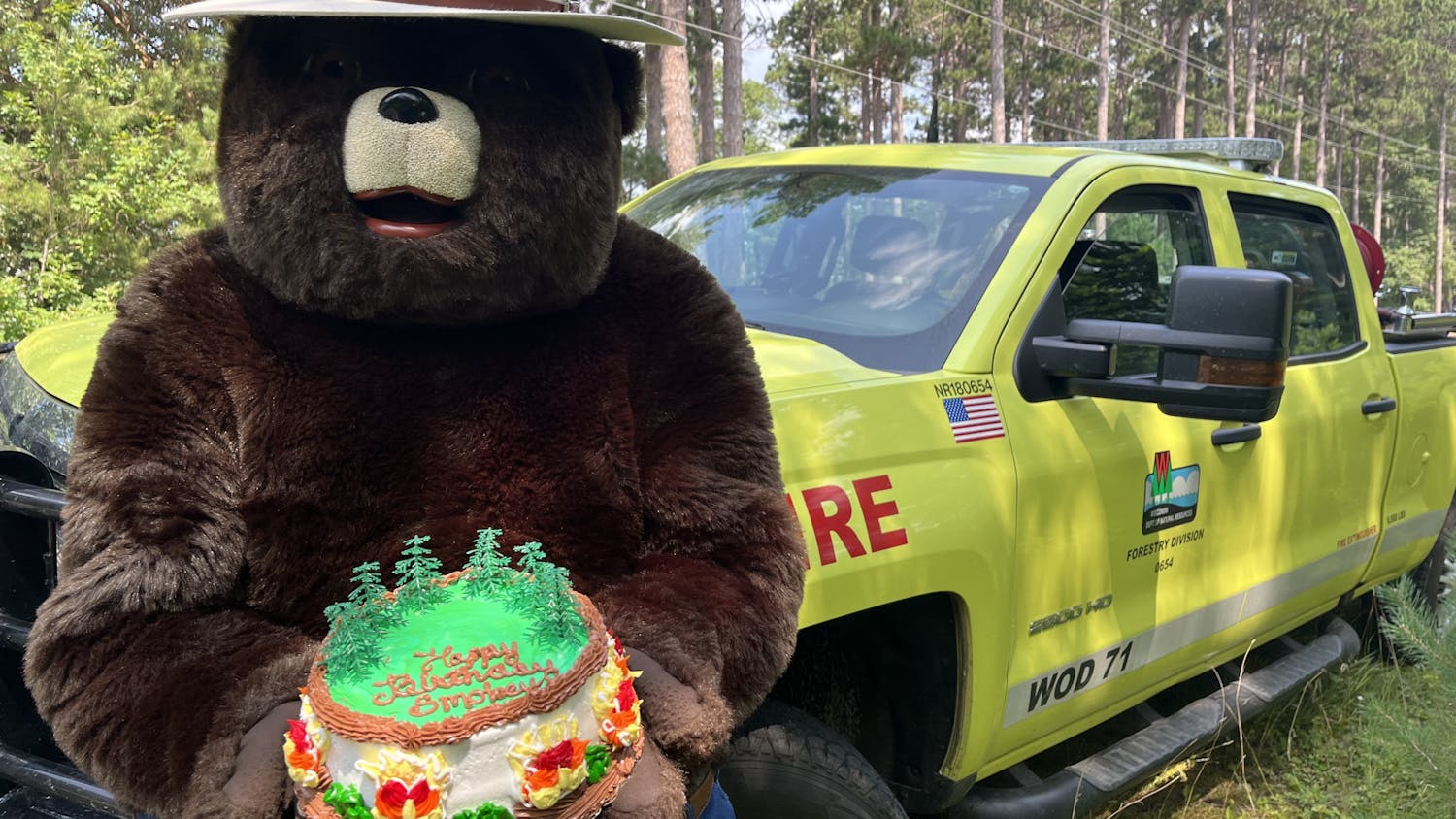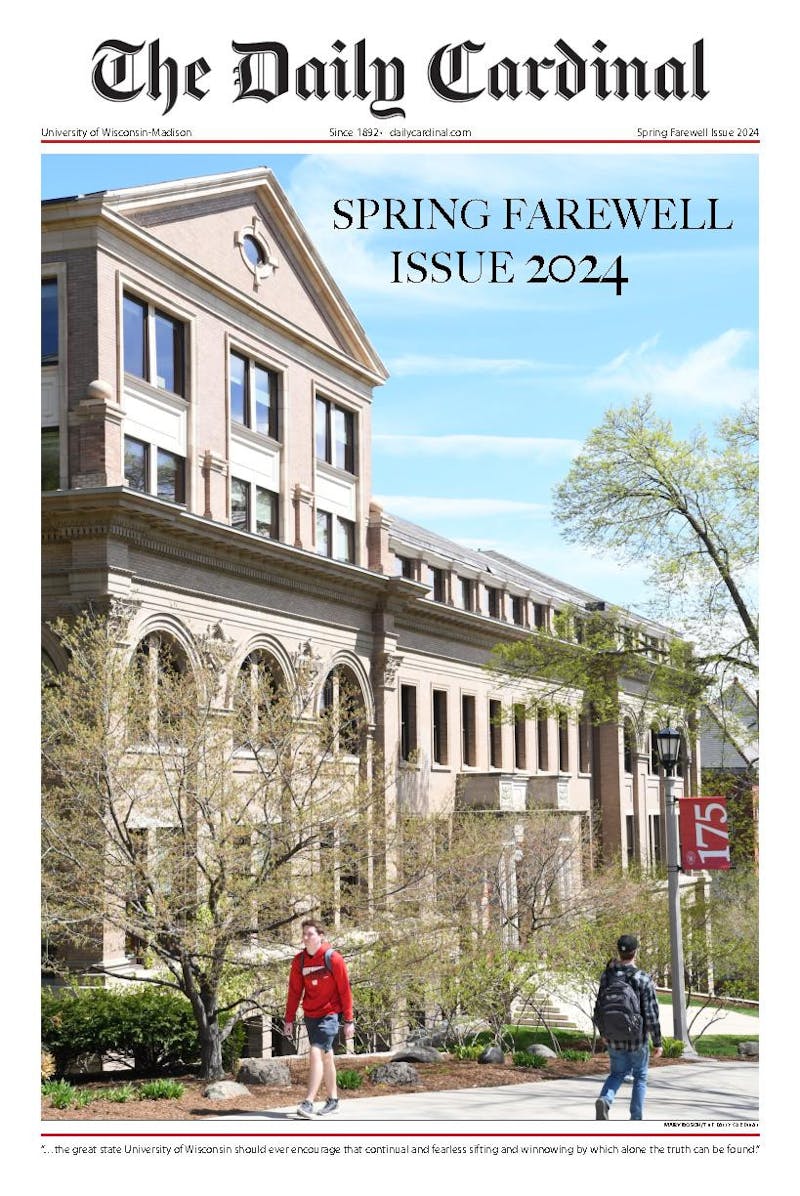For 25 years now, the Hubble Space Telescope has hung in orbit above Earth’s atmosphere, absorbing the twinkling light of distant stars and translating an unprecedented view of the universe. Its data placed black holes at the center of galaxies and refined the predicted age of the universe, all while its cameras painted lush starscapes that colored the universe like never before.
While the construction and launch of the Hubble in 1990 was a nationwide effort, the UW-Madison found itself tied to the telescope before it was even built.
“We were early pioneers in space astronomy,” said UW-Madison astronomy professor John Gallagher, an astronomer who worked in administration for the Hubble and helped build the Wide Field and Planetary Camera 2 that NASA officials say “saved the Hubble.”
Because of its orbit above the atmosphere, the Hubble isn’t burdened by the blurring gases and permanent twilight that Gallagher says fill the atmosphere. In space, the Hubble can analyze ultraviolet and infrared light with a sharpness that would otherwise have been lost in the atmosphere.
“It has very special instruments that were designed to do this,” Gallagher said. “Some of those instruments were built here [at Madison], and some of the instruments were built by national teams where people from Wisconsin played a key role.”
When the telescope was launched, it carried with it an unimposing block called the High Speed Photometer. Cheap, sensitive and simple, the HSP featured no moving parts and could read the changing brightness of stars. It was a centerpiece for UW-Madison’s involvement with the Hubble, built by a team ranging from UW-Madison professors to undergraduate students.
Unfortunately, a cracked mirror on launch meant the HSP couldn’t be used to its full potential. In the same mission that installed the WFPC2 that Gallagher helped build, the HSP was removed and brought back to Earth. It now rests at the UW-Madison Space Place, where it helps teach the next generation about NASA’s galaxy-scanning satellite.
But even before Space Shuttle Discovery hung the Hubble in low orbit, UW-Madison professors laid the tracks that led to the Hubble’s launch. Around 1960, UW-Madison’s professor Arthur Code joined a cadre of scientists who campaigned for space observatories like the Hubble.





